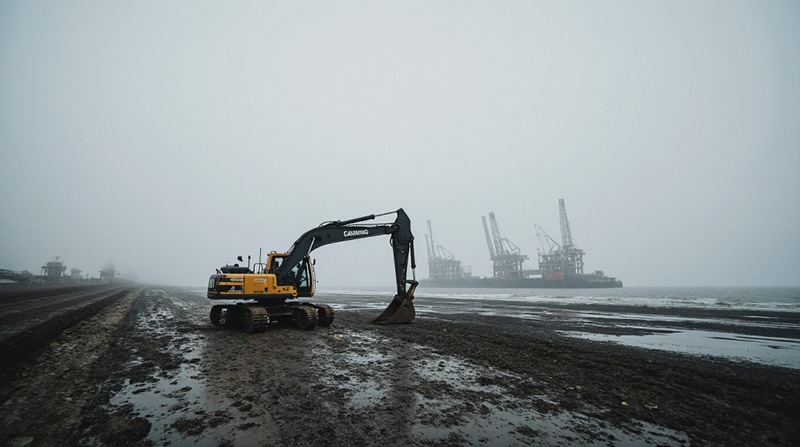
A court in Russia’s Far East has ordered the Kamchatka Ship Repair Center to pay over 2.1 million rubles (approximately $23,000) for environmental damage inflicted upon the region’s unique and fragile ecosystem. The company was found responsible for polluting and damaging protected land within the water conservation zone of Rakovaya Bay, a significant natural site on the strategically important Kamchatka Peninsula.
The legal action was initiated by Russia’s federal environmental watchdog, Rosprirodnadzor, following an inspection of the shipyard’s leased coastal property. Investigators discovered unauthorized waste dumps and significant damage to the soil layer, with the total area of degradation spanning 351 square meters. The findings prompted the agency to sue the company for failing to protect the sensitive coastal environment.
During the court proceedings, representatives from the Kamchatka Ship Repair Center did not dispute the activities that caused the damage. They confirmed that in August 2023, an excavator was used to level a site for a floating crane. However, environmental experts testified that these very earthworks led to the destruction of the fertile topsoil and the widespread contamination of the shoreline with industrial debris.
The court sided with the environmental agency, mandating a payment of 2.154 million rubles, which represents the calculated cost of the direct harm to nature. Rosprirodnadzor had initially sought a larger sum of nearly four million rubles, but the court adjusted the penalty to the precise damage assessment. The decision underscores a growing emphasis on enforcing environmental accountability for industrial operations in Russia’s sensitive regions.
However, the legal battle is not over. The management of the Kamchatka Ship Repair Center has disagreed with the verdict and has already filed an appeal. The final outcome of the multi-million ruble fine now rests with a higher court, highlighting the ongoing tension between industrial development and environmental preservation in Russia’s remote, resource-rich territories.